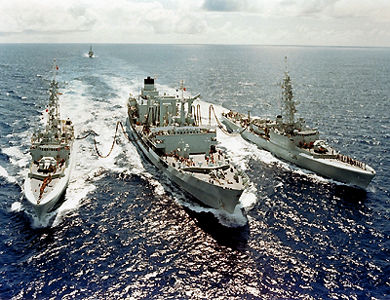Article
History of Cartography in Canada
Cartography is the art, science and technology of making maps, plans, charts and globes representing Earth or any celestial body at any scale. Cartographic documents have been used as vehicles of communication by different cultures for many millennia; the earliest map to survive, drawn about 2300 BCE on a clay tablet, was found in the Middle East. In Canada, Indigenous people drew maps on the ground and in the snow, and sometimes committed them to media such as animal skins or bark. The maps of the 16th century were rough and often conjectural; maps of the French period became more accurate in the better-known areas; and after 1800, with the widespread use of the sextant and advanced astronomical techniques for determining longitude (for example, using the marine chronometer), the major gaps in the map of Canada were filled. During the 20th century, mapping skills were greatly refined in Canada. This article provides background on the history of cartography in Canada. For more detailed information please see Cartography in Canada: Indigenous Mapmaking; Cartography in Canada: 1500s; Cartography in Canada: 1600–1763; Cartography in Canada: 1763–Second World War; Cartography in Canada: Mapping Since the Second World War; National Topographic System; Cadastral Surveying.













